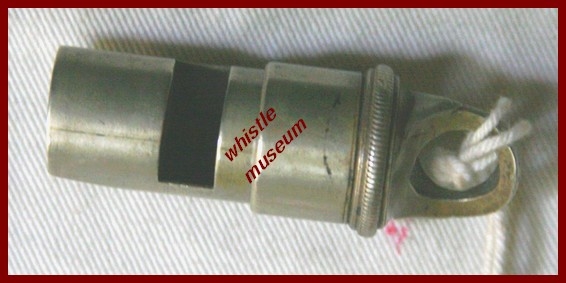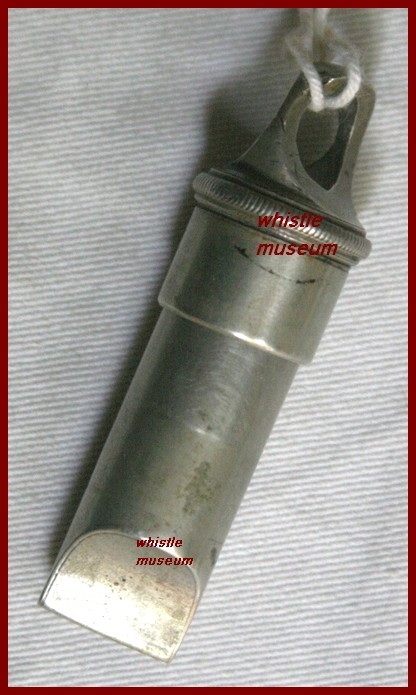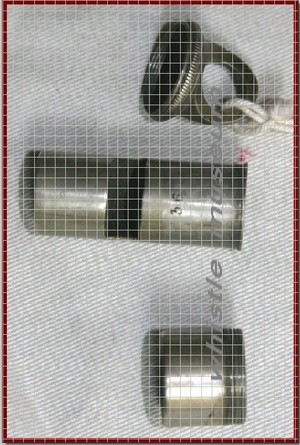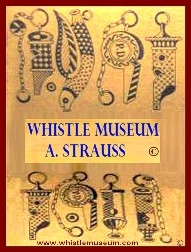Under construction spotlight on antique Single Note Conical whistles
19th Century Single Note Conical Whistle with a Pea, Brass top & Wooden whistle.

Single Note Conical Whistle is a Term I made up many years back to describe the shape & sound of these whistles, I use the abbreviation S.N.C or S.N.C.W
These were previously referred to as Beaufort whistles but they are certainly not, The term Beaufort was given much later to cased whistles ordered at Joseph Hudson & Co. by Lord Beaufort C. 1880s, who favored Cased TWO NOTES CONICAL WHISTLES. (TNC)
The SNC whistle has long history and upon this mix material one arriving lately I arbitrarily chose some examples from archive under this shape.
One of the distinct features of the Single Note Conical Whistles is that
they use a BEAK TYPE Mouthpiece (Mostly) which Beaufort whistles lack.
It is important since many collectors refer to Cased Single Note Conical whistles
as “Cased Beaufort”.
I arranged some in a general time line.



